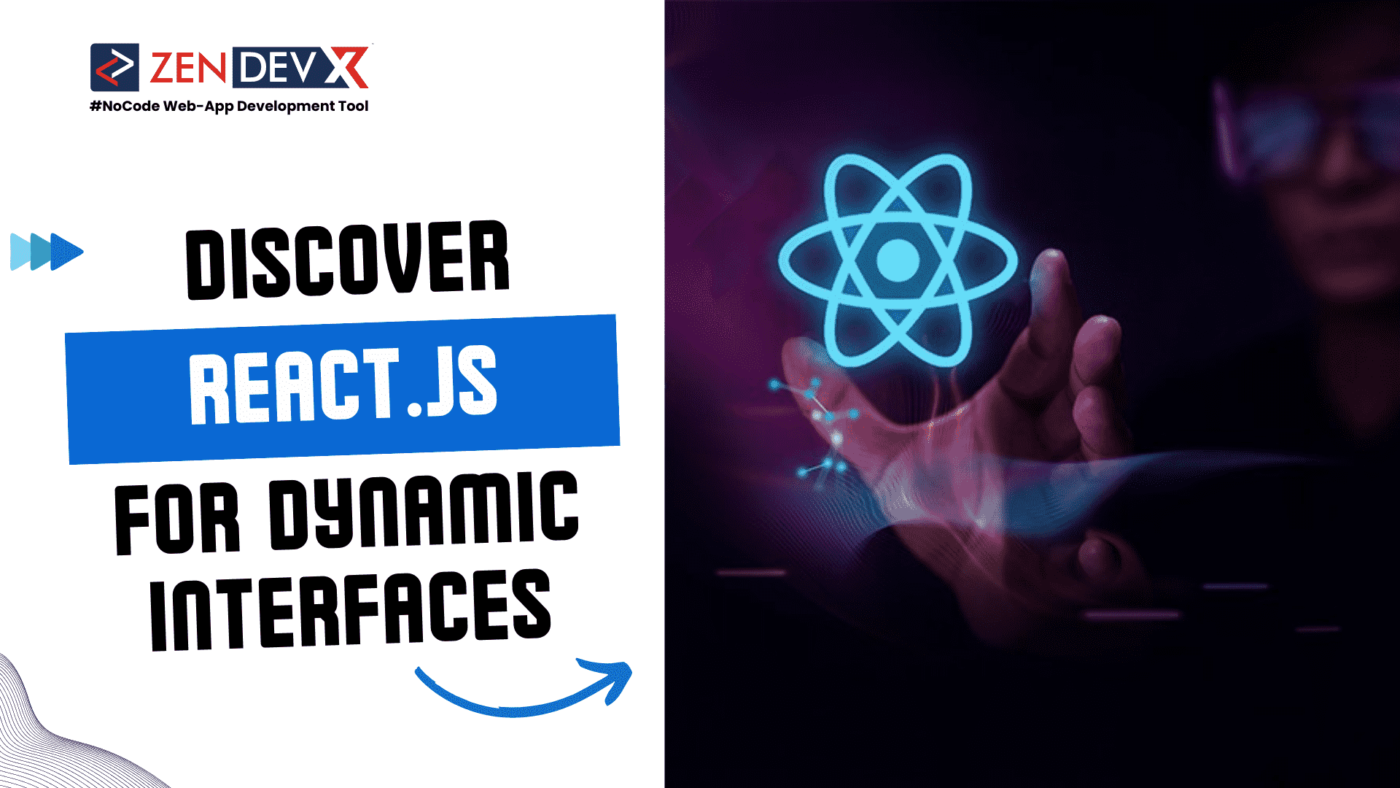React.js is an impressive tool for developing dynamic user interfaces on modern web development platforms. The component-based architecture, virtual DOM, and declarative approach have made React.js, commonly referred to as just React, immensely popular – created and maintained by Facebook; this blog article seeks to provide an overview of React.js with its salient features, benefits, and how best to utilize this versatile toolkit.
Why do you need React.js ?
One-page apps (SPAs) and mobile apps can use React to make user interfaces. React is an open-source JavaScript package that updates and renders components quickly, making UI development more repeatable and accessible to fix. Using descriptive design methods, developers can tell React how the user interface should look based on the application’s state. React also does an excellent job of managing DOM changes.
Features of React JS :
- React.js is built around its component-based architecture, breaking up the user interface into manageable, reusable components that each have their own state control. By adopting such an approach to programming, React encourages scaling, maintainability, and reuse while remaining cost-effective for large-scale deployment.
- Among React’s unique features is its use of a virtual Document Object Model (DOM). React refreshes just the parts of the real DOM that have changed from an in-memory copy; this technique can speed up applications while reducing DOM manipulation.
- React uses JavaScript Extended Markup Language (JSX) syntax extensions to allow developers to write HTML-like code directly inside JavaScript, creating React elements more easily and creating component architecture with greater efficiency. It combines the best features of HTML and JavaScript into one more easily understandable way of describing user interface elements.
- React’s unidirectional data binding feature makes one-way data flow possible. State updates monitor changes in state, and props (properties) let data flow from parent components to child components. This prevents inconsistent states, reducing error risk and making administration easier.
Reusable Components
React’s component-based design results in more readable, productive, and maintainable code. This design promotes the development of reusable user interface components that can be independently developed, tested, and deployed across various application domains.
Utilizes the Virtual Domain
React’s virtual DOM enables it to update only those UI components that need updating and to perform fewer DOM operations when data changes, which improves user experience and speeds up rendering times in apps with intricate user interactions.
Just three of the modules that comprise React’s rich ecosystem are Redux for state management, React Router for routing, and Material-UI for user interface components. Its strong developer community also aggressively shares best practices and advances React, therefore promoting its further growth.
Optimal for SEO
Server-side rendering (SSR) apps that improve search engine optimization (SEO) may be created with React in conjunction with Next.js and other frameworks because SSR allows search engines to browse and index content more quickly; React apps are even more SEO-friendly than their non-SSR equivalents.
Applications requiring React.js :
Given its potent rendering engine and component reusability React is an excellent option for creating interactive single-page applications (SPAs).
For applications requiring sophisticated user interactions, like dashboards, data visualization tools, and e-commerce systems React’s component-based architecture and state management capabilities are perfect.
Mobile Apps, a React JS-based framework called React Native lets developers use JavaScript and React concepts to build native iOS and Android mobile apps.
Conclusion :
The creative way to build user interfaces, React.js, is transforming web development. Component-based architecture, virtual DOM, and declarative design simplify user interface development and enhance application performance. Whether you are brand-new to programming or trying to improve user interface design in current projects


